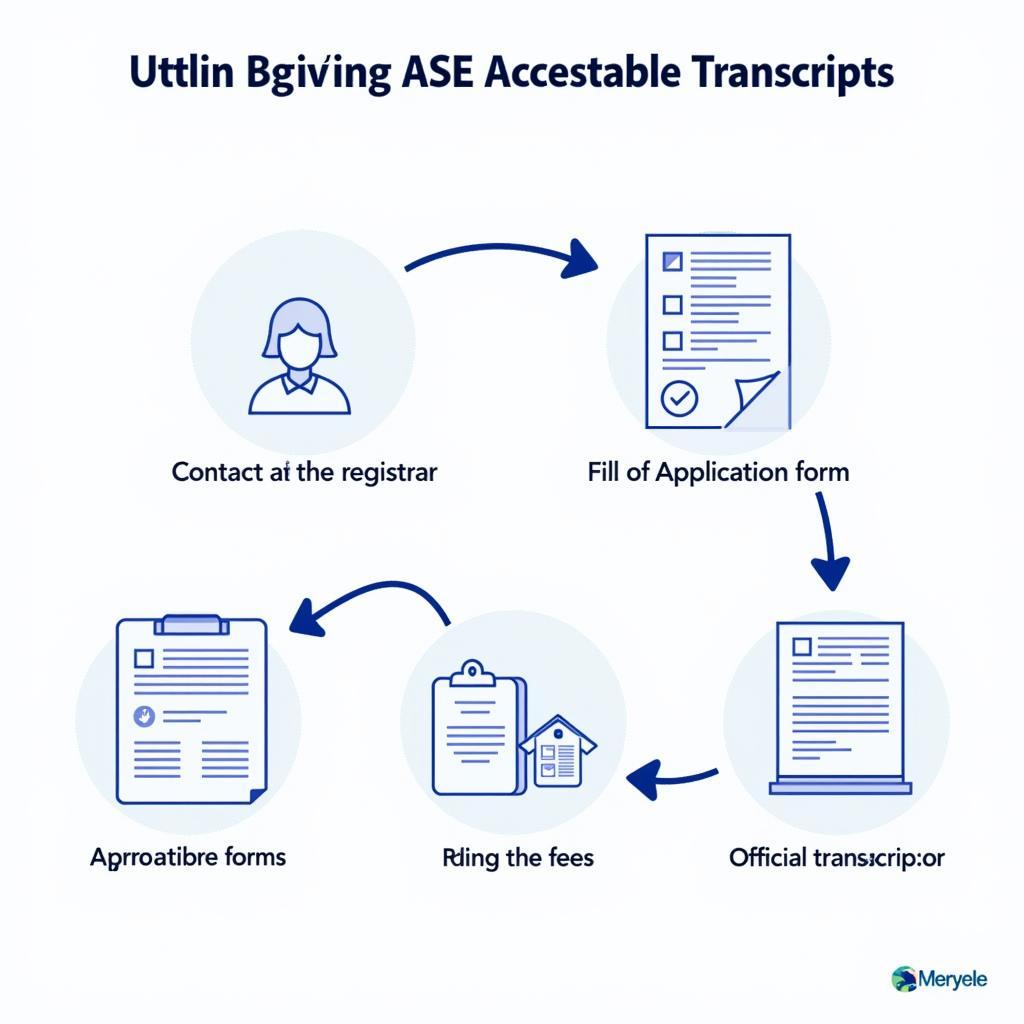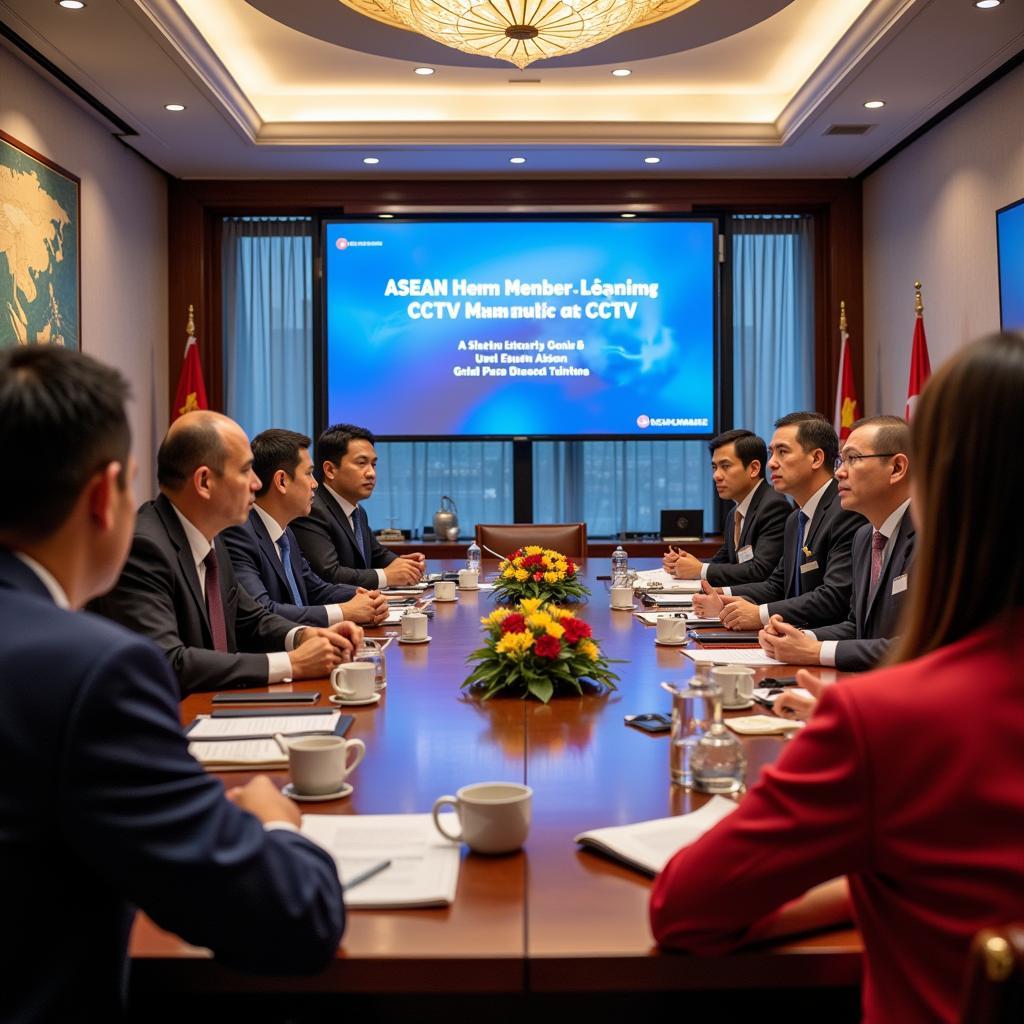ASEAN and APEC are two prominent organizations in the Asia-Pacific region. Although they share some similarities in their geographical scope and economic aspirations, they have distinct characteristics, goals, and operational mechanisms. Understanding the Asean And Apec Difference is crucial for comprehending the complex dynamics of regional integration and cooperation in one of the world’s most dynamic areas.
Different Structures and Memberships: Comparing APEC and ASEAN
One of the key differences between ASEAN and APEC lies in their membership composition and geographical coverage.
-
ASEAN, the Association of Southeast Asian Nations, is a political and economic union of 10 Southeast Asian countries: Brunei, Cambodia, Indonesia, Laos, Malaysia, Myanmar, the Philippines, Singapore, Thailand, and Vietnam.
-
APEC, the Asia-Pacific Economic Cooperation, is a forum of 21 economies spanning across the Pacific Rim, including countries from both Asia and the Americas. Its members are Australia, Brunei, Canada, Chile, China, Hong Kong, Indonesia, Japan, South Korea, Malaysia, Mexico, New Zealand, Papua New Guinea, Peru, the Philippines, Russia, Singapore, Taiwan, Thailand, the United States, and Vietnam.
As evident from their memberships, APEC casts a wider geographical net, while ASEAN focuses specifically on Southeast Asia. This difference in scope translates to their respective areas of influence and the types of issues they prioritize.
Distinct Objectives and Approaches: How APEC and ASEAN Function
ASEAN and APEC, while both promoting regional cooperation, differ significantly in their primary objectives and approaches.
-
ASEAN focuses on fostering closer economic, political, security, and socio-cultural cooperation among its Southeast Asian member states. Key to ASEAN’s approach is the principle of “ASEAN centrality,” emphasizing the organization’s role as the primary driving force for regional integration and cooperation in Southeast Asia.
-
APEC‘s primary goal is to promote free trade and economic cooperation across the Asia-Pacific region. It operates based on non-binding commitments and open dialogue, with a strong emphasis on voluntary cooperation and capacity building among its diverse economies.
“The difference in approach is also evident in their decision-making processes,” says Dr. Emily Nguyen, a leading expert on Southeast Asian economics. “While ASEAN relies heavily on consensus among its members, APEC’s decision-making is more flexible and often driven by the interests of its larger economies.”
ASEAN and APEC in the Global Landscape: Complementary Roles in Regional Integration
Despite their differences, ASEAN and APEC play complementary roles in the global landscape, fostering economic growth and cooperation within the broader Asia-Pacific region.
-
ASEAN, with its focus on Southeast Asia, provides a platform for deeper integration within a geographically and culturally proximate group of nations. Its initiatives address a wide range of issues, including trade facilitation, infrastructure development, and human capital development, contributing to the region’s overall economic growth and stability.
-
APEC, with its broader membership, acts as a bridge between the developed and developing economies of the Pacific Rim. It provides a forum for discussing and addressing trans-regional issues such as trade liberalization, investment, and sustainable development.
Understanding the ASEAN and APEC difference allows for a more nuanced understanding of the complex interplay between these two influential organizations. By fostering cooperation and pursuing their respective goals, ASEAN and APEC contribute significantly to the ongoing integration and prosperity of the Asia-Pacific.
FAQ: Frequently Asked Questions about ASEAN and APEC
1. Do ASEAN countries also belong to APEC?
Yes, several ASEAN member states are also members of APEC. These include Brunei, Indonesia, Malaysia, the Philippines, Singapore, Thailand, and Vietnam.
2. What is the significance of APEC for ASEAN?
APEC offers ASEAN countries a platform to engage with major economies outside of Southeast Asia, fostering trade and investment opportunities and contributing to their economic growth.
3. Does APEC supersede ASEAN in any way?
No, APEC does not supersede ASEAN. They are distinct organizations with different memberships, structures, and objectives.
4. Why is it important to understand the difference between ASEAN and APEC?
Understanding the difference allows for a more comprehensive understanding of regional dynamics in the Asia-Pacific, including the various platforms and mechanisms for cooperation and integration.
5. How can I learn more about ASEAN and APEC?
You can visit the official websites of ASEAN (https://asean.org/) and APEC (https://www.apec.org/) for detailed information on their history, objectives, and activities.
Need More Information?
For any assistance, contact us at Phone Number: 0369020373, Email: [email protected] Or visit us at: Thôn Ngọc Liễn, Hiệp Hòa, Bắc Giang, Vietnam. We have a 24/7 customer service team.


